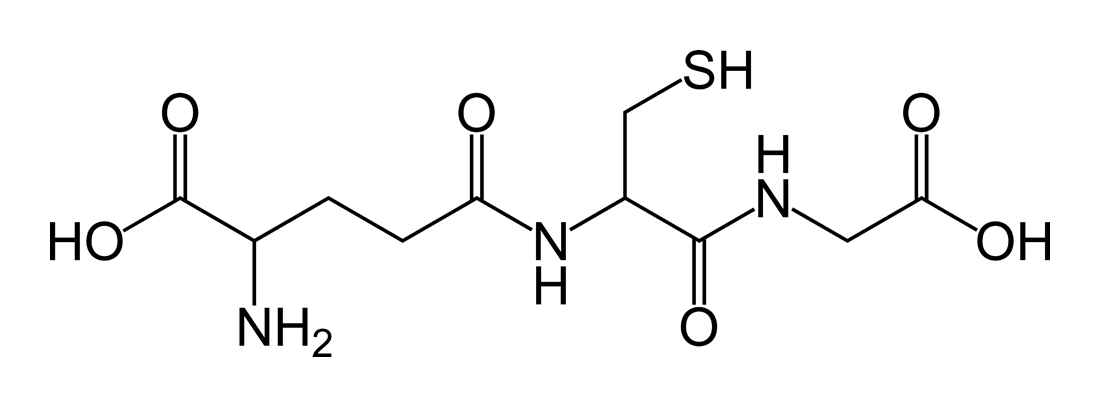QUESTION: What is the difference in exposing L2 cells with 17.392 mM EtOH concentration once a week and exposing L2 cells with a 13.044 mM EtOH concentration twice a week, and then exposing the cells to ozone?? Will the GSH levels change allowing more or less damage to occur within the cell? BACKGROUND: Research shows that ethanol reduces the concentration of the alveolar epithelial fluid. When alveolar epithelial fluid concentration is lowered other complications within the lung begin to form. Alcohol use can lead to the diagnosis of the Acute Respiratory Distress Syndrome (ARDS). Severe trauma in ARDS patients have been linked to the patient having a prior history of alcohol use.(Moss 2000) There was more trauma or injury to the lung because the ethanol alternates the function of GSH (glutathione). Glutathione is an tripeptide and acts as a sulfhydrl buffer. It perform detoxification by reacting wit hydrogen peroxide. The tests and studies include glutathione because it is the anti-oxidant that protects cells from free radicals and pollutants. The measuring of the cell's "protection" will help in determining how much damgage is done.When the cell is exposed to ethanol alone. the ethanol alternates the functioning of GSH.Ozone is one of the pollutants that GSh is fighting against.If the cells are being exposed to ethanol and and the GSH is getting altered then it will not be able to efficiently protect the cells from the ozone damage.Which is allowinf the lung to be in contact with damagingtoxins.Damaged cells can not be repaired because of the lack of GSH and leads to cell death which can be measured. (Stryer) Using this information it will be determined how much the GSH levels are decreased in order to know how the amount of ethanol consumed is affecting the lung cells. The concentrations 17.392 mM and 13.044 mM are converted concentrations of moderate drinking and legally drunk Blood Alcohol Content levels. 0.06% BAC is considered moderately drinking and 0.08% BAC is the legally drunk limit. The goal is to determine the effects of alcohol abuse on ozone exposed lung (L2) cells. In order to do so, the experiment uses ethanol ingestion while noting that the ethanol will not cause cell death. The type of cells being used is adult epithelial lung cells obtained from rats. APPROACH:
HYPOTHESIS: The amount of damage would be similar in plates one and three because the ethanol that was placed in plate one on day one will have been metabolized and absorbed by the time of the second scheduled dosage. The effects will be measureable by conducting Glutathione (GSH) assay tests on the cells plates. Also, by relating the amount of cell death to the amount of cells originally seeded into the plate. CONCLUSION: PHOTOS:
Sources: National ARDs Support Center Glutathione Information Chronic ethanol ingestion impairs alveolar type II cell glutathione homeostasis and function and predisposes to endotoxin-mediated acute edematous lung injury in rats.The Journal of Clinical Investigation Volume 101, Number 4, February 1998, 761–768 -Fernando Holguin Biochemistry-Third Edition -Lubert Stryer-Standford University The Effects of Chronic Alcohol Abuse on Pulmonary Glutathione Homeostasis 2000 The effects of chronic alcohol abuse on pulmonary glutathione homeostasis.Moss M, Guidot, DM, Wong-Lambertina M, Ten Hoor T, Perez RL, Brown LA Department of Medicine, Division of Pulmonary and Critical Care, Emory University School of Medicine, Atlanta, Georgia 30365, USA. marc_moss@emory.org Pictures: http://commons.wikimedia.org/wiki/File:Glutathione-skeletal.png
Back to Ozone Exposure and Rat Alveolar Type II cells
|

 Ethanol
Ethanol